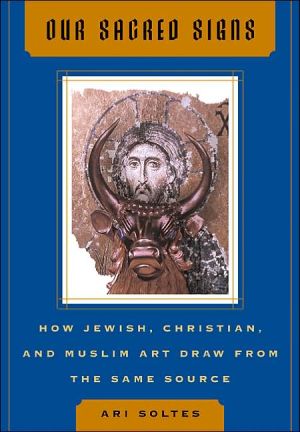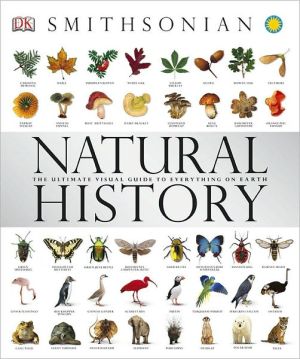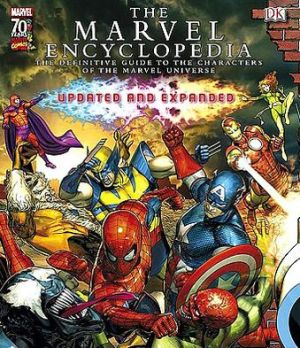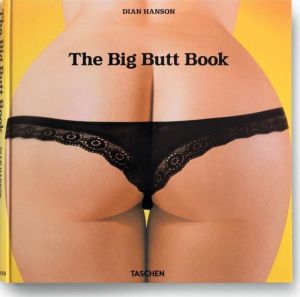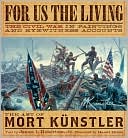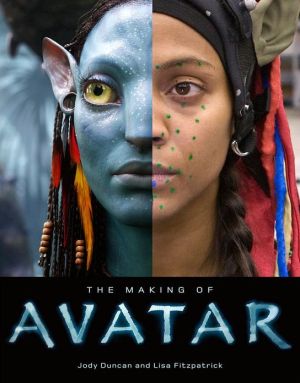Our Sacred Signs: How Jewish, Christian, and Muslim Art Draw from the Same Source
The art of the three Abrahamic religions—Christianity, Judaism, and Islam—has a tangled, interwoven history. Symbols cross back and forth among the three faiths, adapted to reflect that faith’s specific spiritual needs. And much of this symbolic language predates any of the Abrahamic faiths entirely.In Our Sacred Signs, Ori Soltes traces the interconnectedness of religious symbols such as the Star of David, which isn’t, it turns out, exclusive to Judaism at all. He shows that the various ways...
Search in google:
A History of God meets The Story of Art in this look at the historical interconnectedness of Christian, Jewish, and Muslim artKirkus ReviewsArchetypes of grace and awe, symbols inspired by the three great monotheistic faiths have undergirded most Western art. This accessible study decodes the language of those symbols and illuminates art and faith anew. From the big-bosomed Venus of Willendorf of 24,000 b.c. to the calligraphic sleekness of canvases by Siah Armajani, a kind of Quranic expressionist in contemporary Iran, art has served chiefly to bridge the sacred and the profane, maintains curator Soltes (Fixing the World, 2002, etc.). The ways artists informed by the Abrahamic tradition manifest materially the mysteries of the divine are shared in revealing ways: Ori traces affinities of shape, exemplified in the Pantheon, St. Peter's Basilica and the Dome of the Rock; of color, in the Virgin Mary's blue cloak and the blue tiles of Istanbul's Sultanahmet mosque; and of number, in the four minarets of the typical Muslim house of worship and the four animals that symbolize the gospels' evangelists. Gifted with a jeweler's eye, a lucid prose style and sufficient erudition to masterfully review an astonishing range of work, Soltes moves briskly through several millennia of art. His commentary on Christian iconography is especially astute. And by pointing out the latent spiritual themes of much contemporary painting, from the Abstract Expressionists to African-American and Jewish artists, he underscores an essential point: that the impulse to, as Milton said, "justify the ways of God to man," remains very much alive in art. A valuable resource for both art history enthusiasts and students of comparative religion.
\ Kirkus ReviewsArchetypes of grace and awe, symbols inspired by the three great monotheistic faiths have undergirded most Western art. This accessible study decodes the language of those symbols and illuminates art and faith anew. From the big-bosomed Venus of Willendorf of 24,000 b.c. to the calligraphic sleekness of canvases by Siah Armajani, a kind of Quranic expressionist in contemporary Iran, art has served chiefly to bridge the sacred and the profane, maintains curator Soltes (Fixing the World, 2002, etc.). The ways artists informed by the Abrahamic tradition manifest materially the mysteries of the divine are shared in revealing ways: Ori traces affinities of shape, exemplified in the Pantheon, St. Peter's Basilica and the Dome of the Rock; of color, in the Virgin Mary's blue cloak and the blue tiles of Istanbul's Sultanahmet mosque; and of number, in the four minarets of the typical Muslim house of worship and the four animals that symbolize the gospels' evangelists. Gifted with a jeweler's eye, a lucid prose style and sufficient erudition to masterfully review an astonishing range of work, Soltes moves briskly through several millennia of art. His commentary on Christian iconography is especially astute. And by pointing out the latent spiritual themes of much contemporary painting, from the Abstract Expressionists to African-American and Jewish artists, he underscores an essential point: that the impulse to, as Milton said, "justify the ways of God to man," remains very much alive in art. A valuable resource for both art history enthusiasts and students of comparative religion.\ \
